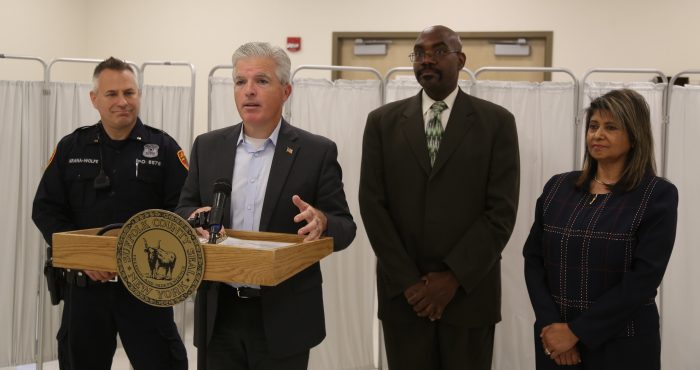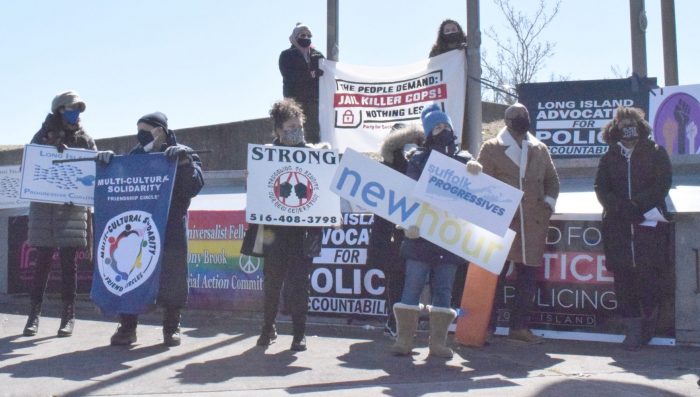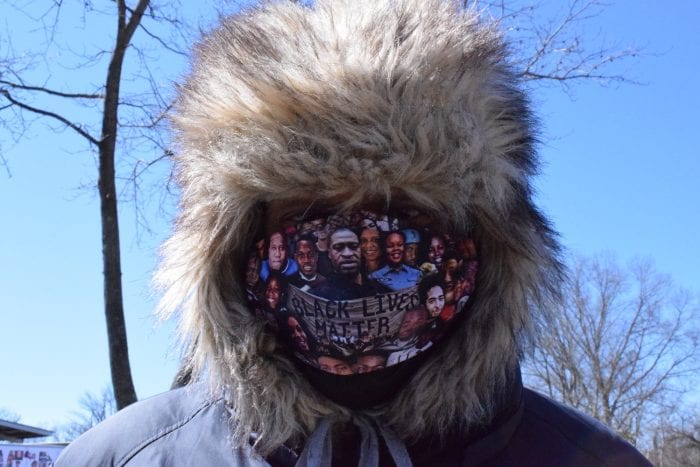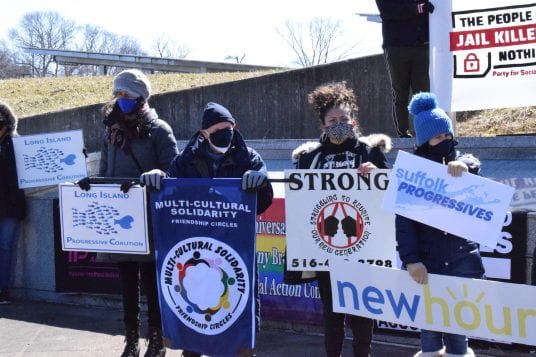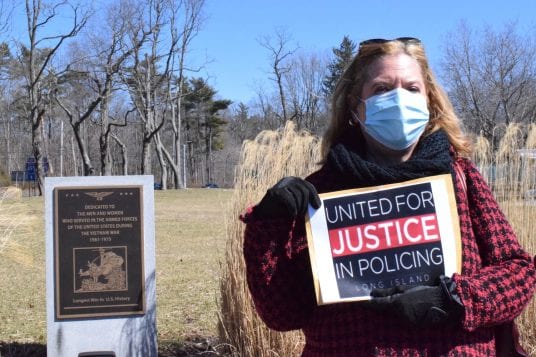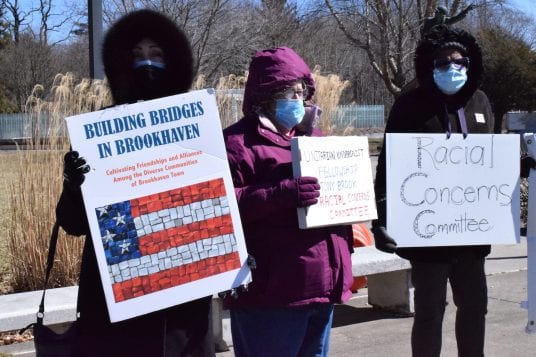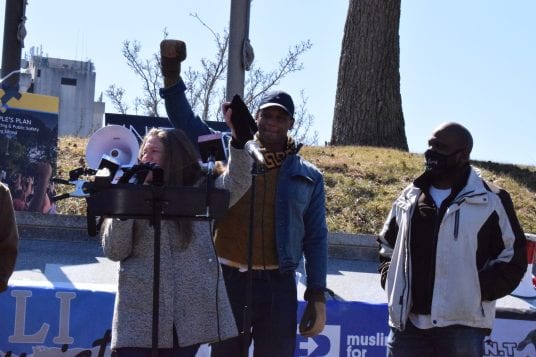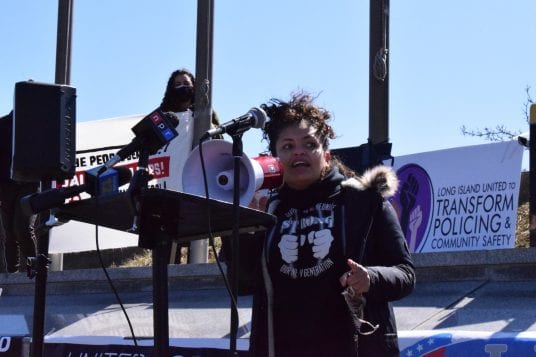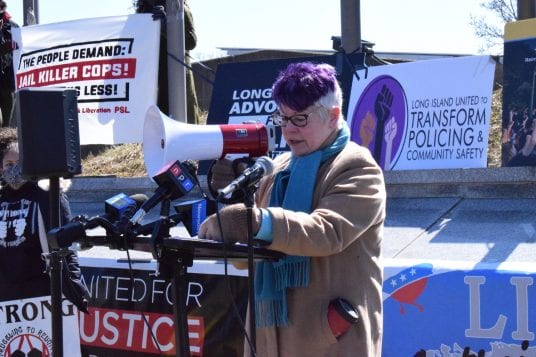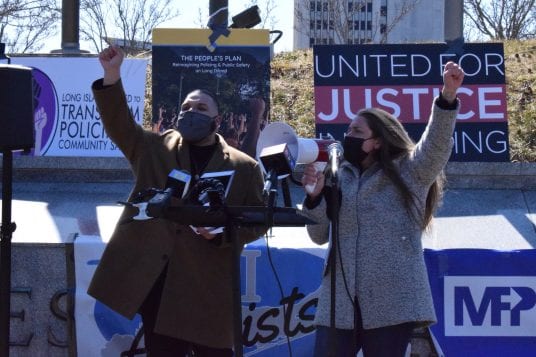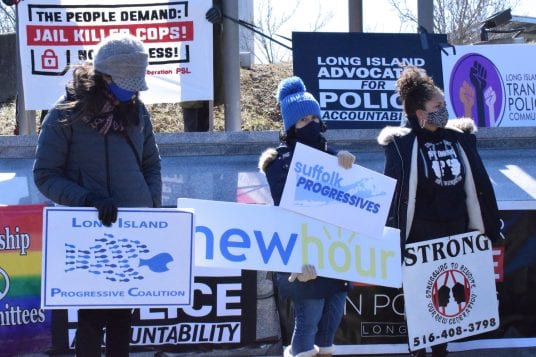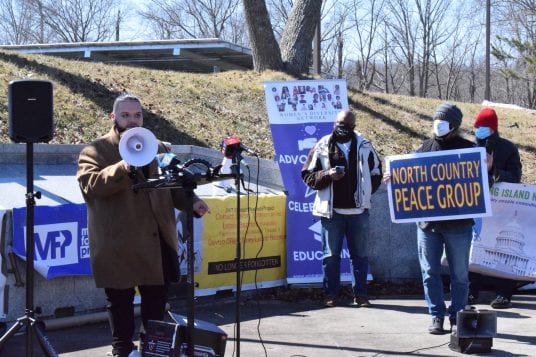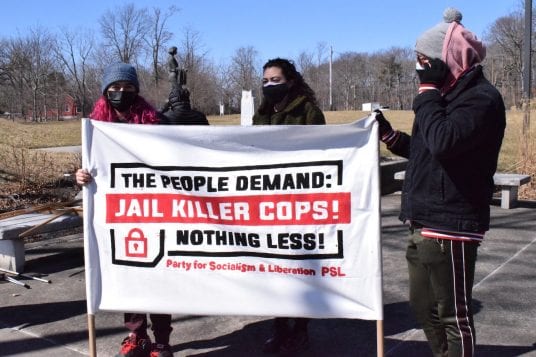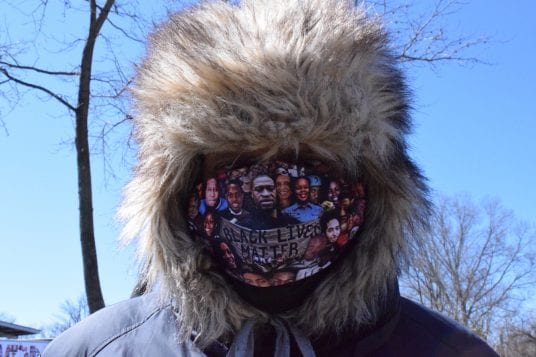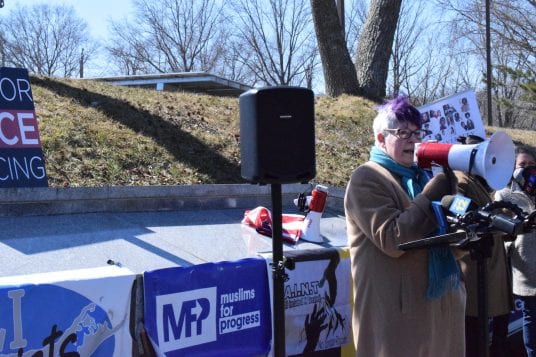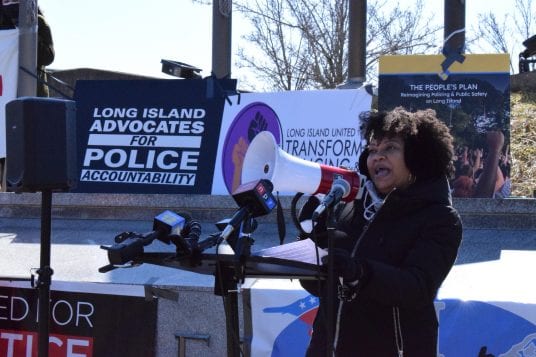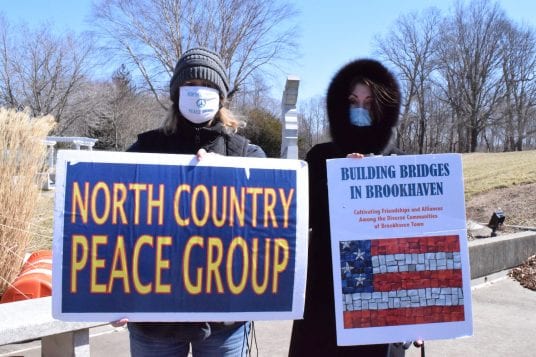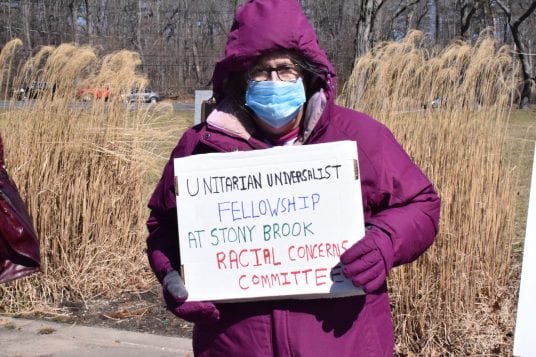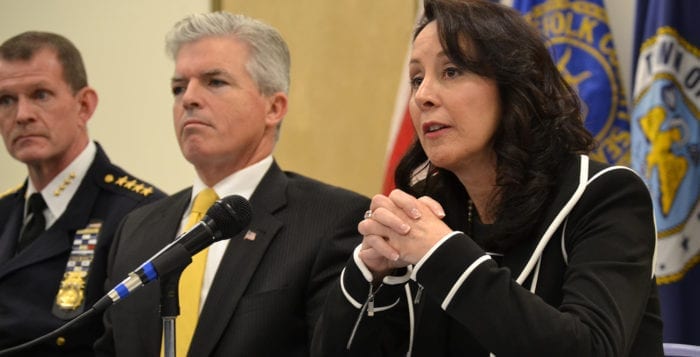Members of a task force meant to offer reforms to Suffolk police met with community members in the 6th Precinct Dec. 8 through Zoom to listen to concerns.
As part of the Suffolk County Police Reform & Reinvention Task Force, members have been hosting Zoom meetings for each of the town’s seven precincts plus East End towns for community comment. Members of the task force include everyone from Police Commissioner Geraldine Hart and Suffolk police union president Noel DiGerolamo to NAACP chapter president Tracey Edwards and Daniel Russo, administrator of Assigned Counsel Defender Plan of Suffolk County.
In a meeting that went on for just under three hours and had over 150 participants Dec. 8, many in the community expressed some fear and apprehension surrounding police, often with people of color citing a different experience with law enforcement members than their white neighbors. A few others shared their general support for police and expressed their thanks for officers’ involvement in the community.
Erica Rechner, director of Opportunities Long Island, which tries to connect youth in underserved communities with jobs in the unionized construction industry, said she mostly works with many young people of color in communities who live in areas with high unemployment, and some come to her with criminal records. The interactions she said she’s had with police have been much different than those of her young clients.
“Their experience with the police department is not one me or my family recognize,” Rechner said. “My experience has been one of safety and security — I’m a white woman. At some point in their shared experiences the police officers are verbally abusive and often escalate to the use of excessive force. There are numerous instances of physical injury while in custody.”
She said she asked these young people to share their experiences at the public sessions, but practically all declined, fearing retaliation.
“Their experience has taught them the police are not meant for them or their community,” she added.
Odalis Hernandez, a graduate program administrator at Stony Brook University, said she was once stopped by police officers at night “with multiple police officers shining a flashlight in every window and asking for my ID and documents,” adding she felt she was being treated as up to no good from the get-go.
“I know of others who have been through much worse,” she said. “We can’t deny that those problems exist, and we need to hear that from all our precincts and leadership. We can’t let the police have a political affiliation because that disenfranchises people in the community.”
Hernandez said such things as bias and de-escalation training should not be a one-and-done class but should be a continuous dialogue for police.
Others criticized the Suffolk School Resource Officer Program, with some speakers saying such officers statistically lead to more physical confrontations and create more of a school-to-prison pipeline. Others said such officers target students who are people of color and treat them differently than white students for the same offenses.
Michelle Caldera-Kopf, an immigration lawyer and managing attorney for the Safe Passage Project, said that SROs have caused “the wrongful detention and deportation of our students.” She said such officers have shared information about students with immigration authorities, sometimes over the heads of law enforcement.
Others indicated more positive interactions with police. Rob Taylor, a member of the Citizens Academy Alumni Association, said police already do a lot of things in the community people are not aware of.
“Suffolk County has gone through a lot of changes over the years, especially since around 2014 — they’re all EMTs, they’ve undergone crisis training,” he said.
Gail Lynch-Bailey, president of the Middle Island Civic Association, said that with whatever reforms take place, “I hope we don’t lose what’s already working in these relationships — community policing is still essential.”
She added that police should look for uniformity on how crime data is presented and distributed at civic meetings, with more emphasis on displays and data-driven dialogue, such info to be published for all to see online.
“Real police reform must be data driven, and that data has to include honest breakdowns of who is being charged and where those charges are taking place,” she said.
Brookhaven Town Councilman Kevin LaValle (R-Selden) said there should be efforts to expand the positive interactions between community and police, some of which includes just talking about what may be going on in people’s neighborhoods.
“These are all things why we need to have our police department out there, doing events, interacting, because that really supports the mission our police department is here to do,” he said.
Others shared their desire for those Black and brown voices in the community to be heard. Erin Zipman, from Stony Brook, said police need to listen to those, envisioning a future where we don’t have to endanger the lives of citizens or officers, and instead focus on treating “the roots of problems instead of punishing them.”
The task force is part of Gov. Andrew Cuomo’s (D) New York State Police Reform and Reinvention Collaborative. This executive order, originally signed in June, cites that every police agency must make a comprehensive review of police departments and their procedures, and address the needs of the community to promote “trust, fairness and legitimacy, and to address any racial bias and disproportionate policing of communities of color.”
The county has an April 1, 2021, deadline to create its reform plan for its police department to be eligible for future state funding.

